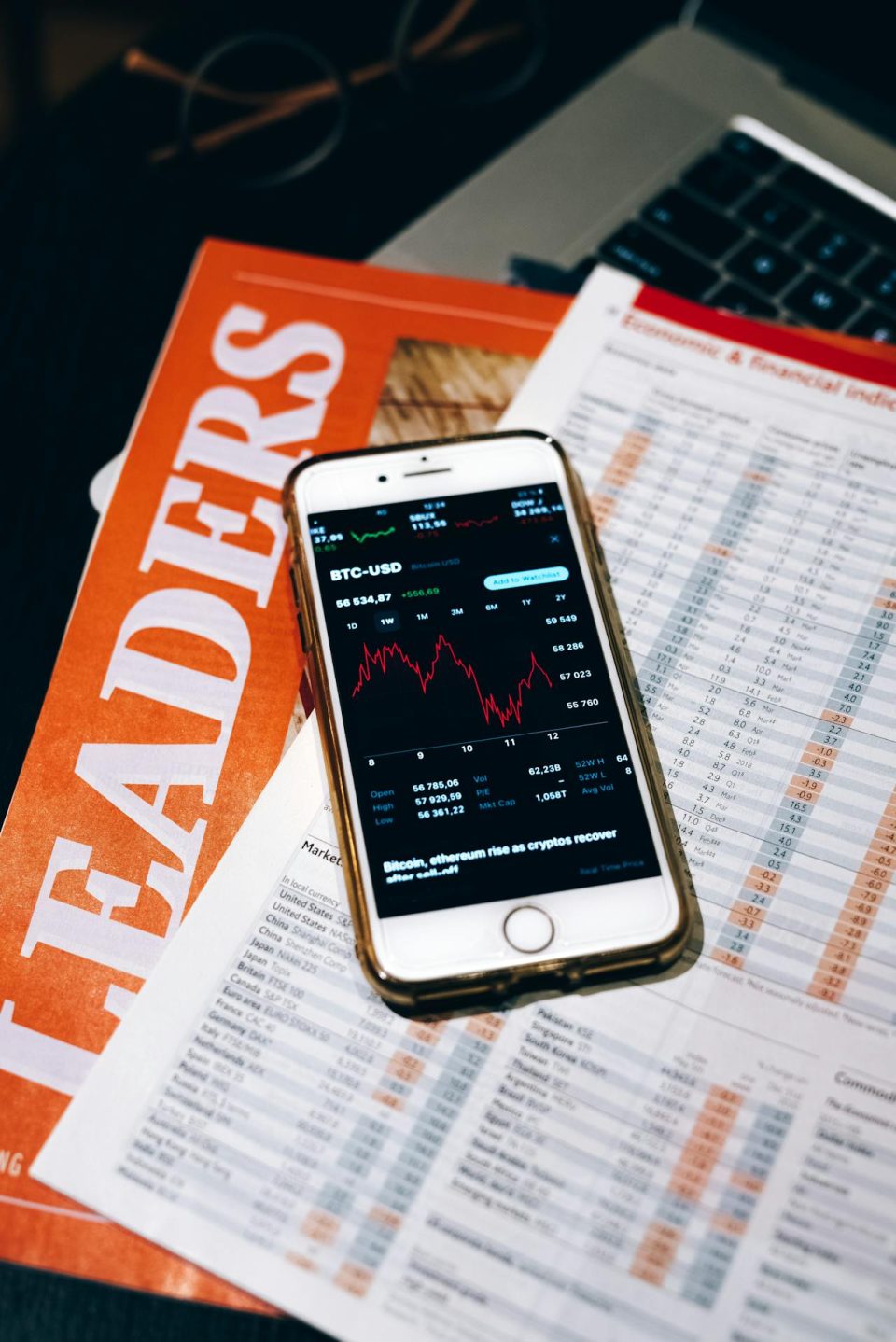In a climate of growing uncertainty, Wall Street opened the final month of the year with a dose of pessimism as investors prepared for remarks from Federal Reserve Chair Jerome Powell later in the morning. The S&P 500 (^GSPC) experienced a slight dip of approximately 0.2%, while the Dow Jones Industrial Average (^DJI) remained virtually unchanged. The Nasdaq Composite (^IXIC), dominated by tech stocks, saw a more pronounced decline of 0.5%.
The somber mood on Wall Street comes after a robust November, during which stocks posted their most impressive monthly performance since 2022. This surge was fueled by a prevailing belief that the Federal Reserve had concluded its cycle of interest rate hikes, fostering growing optimism for potential rate cuts before the summer.
Reflecting on this unexpected turn of events, eToro US investment analyst Callie Cox remarked on the extraordinary nature of the past month, stating, “It’s one of the best months we’ve seen in the last decade.” Cox emphasized how investors were taken by surprise at the Federal Reserve’s flexible stance following the November 1 meeting.
As the market turns its attention to Powell’s statements, particularly in the wake of October data indicating a cooling of inflation to levels not seen since 2021, analysts are eager for insights into the central bank’s policy outlook. Powell’s two appearances on Friday are anticipated to provide a clearer picture, especially amid a series of conflicting positions from various Federal Reserve speakers.
In parallel developments, oil prices exhibited stability after undergoing fluctuations, driven by skepticism among investors regarding OPEC+’s additional output curbs. West Texas Intermediate (WTI) crude futures (CL=F) were trading around $76 per barrel, while Brent futures (BZ=F) hovered below $83.
As December kicks off, a prevailing air of pessimism on Wall Street underscores the challenges and uncertainties that continue to shape investor sentiment and market dynamics. The market remains poised for potential volatility, influenced by both domestic and international factors that continue to shape the trajectory of financial markets.
Source: Yahoo Finance

